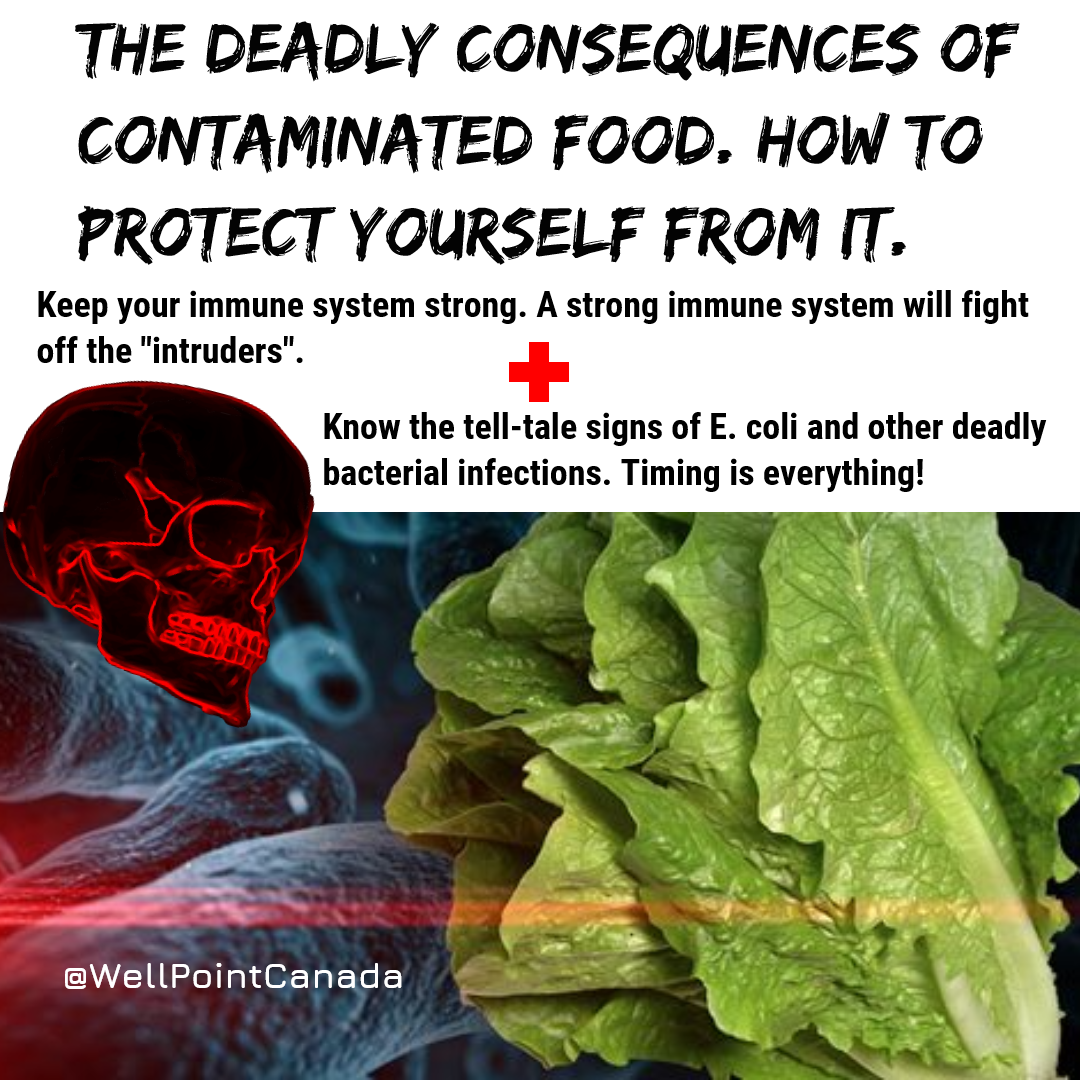 How did this serving of E-Coli reach your family? The supply chain from field to the supermarket is a long one, with many potential points along the way for contamination to occur. Where did the lettuce pick up E-Coli 0145, a pathogen found primarily in cattle and wildlife feces? High concentration of cattle and manure produces a fecal, muddy mix in which E. coli bacteria can thrive. The role of wildlife as a source of foodborne microbial contamination along the farm-to-fork continuum is a long-standing concern among public health and food safety agencies. It is easy to imagine the possibility of birds playing a role in contamination in a lettuce fields. THERE ARE A NUMBER OF WAYS GREENS COULD BECOME CONTAMINATED. Consumers have grown to love convenience salads and fruits, from tubs of pre-washed baby spinach, bags of chopped romaine lettuce, packaged raw vegetables and containers of prepared fruit salad. Vegetable row crops- lettuces plus broccoli, asparagus, celery and some other vegetables account for 42% of E. coli infections. Food safety experts say convenience greens and fruits- those handy containers of pre-chopped and pre-washed salads, vegetables and fruits- carry an extra risk because they come in contact with more people, contaminated water and machinery before they arrive on your plate. These pre-packaged greens, vegetables and fruits have risks. There’s no “kill step” that destroys pathogens for foods eaten raw. Produce is not grown in sterile environments. SYMPTOMS START 12 – 72 HOURS AFTER EATING CONTAMINATED FOODS. If you are experiencing bloody diarrhea, severe vomiting, or if the diarrhea lasts longer than 3 days, contact your doctor immediately. If you suspect you’ve contracted some form of food poisoning staying hydrated is one of the most important ways to avoid complications.
How did this serving of E-Coli reach your family? The supply chain from field to the supermarket is a long one, with many potential points along the way for contamination to occur. Where did the lettuce pick up E-Coli 0145, a pathogen found primarily in cattle and wildlife feces? High concentration of cattle and manure produces a fecal, muddy mix in which E. coli bacteria can thrive. The role of wildlife as a source of foodborne microbial contamination along the farm-to-fork continuum is a long-standing concern among public health and food safety agencies. It is easy to imagine the possibility of birds playing a role in contamination in a lettuce fields. THERE ARE A NUMBER OF WAYS GREENS COULD BECOME CONTAMINATED. Consumers have grown to love convenience salads and fruits, from tubs of pre-washed baby spinach, bags of chopped romaine lettuce, packaged raw vegetables and containers of prepared fruit salad. Vegetable row crops- lettuces plus broccoli, asparagus, celery and some other vegetables account for 42% of E. coli infections. Food safety experts say convenience greens and fruits- those handy containers of pre-chopped and pre-washed salads, vegetables and fruits- carry an extra risk because they come in contact with more people, contaminated water and machinery before they arrive on your plate. These pre-packaged greens, vegetables and fruits have risks. There’s no “kill step” that destroys pathogens for foods eaten raw. Produce is not grown in sterile environments. SYMPTOMS START 12 – 72 HOURS AFTER EATING CONTAMINATED FOODS. If you are experiencing bloody diarrhea, severe vomiting, or if the diarrhea lasts longer than 3 days, contact your doctor immediately. If you suspect you’ve contracted some form of food poisoning staying hydrated is one of the most important ways to avoid complications.
THE DEADLY CONSEQUENCES OF CONTAMINATED FOOD

